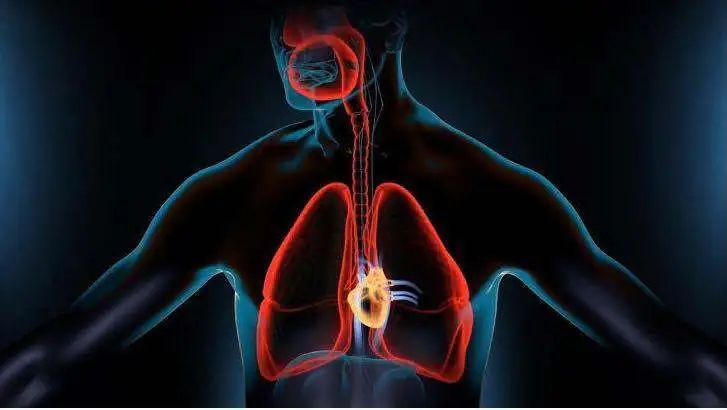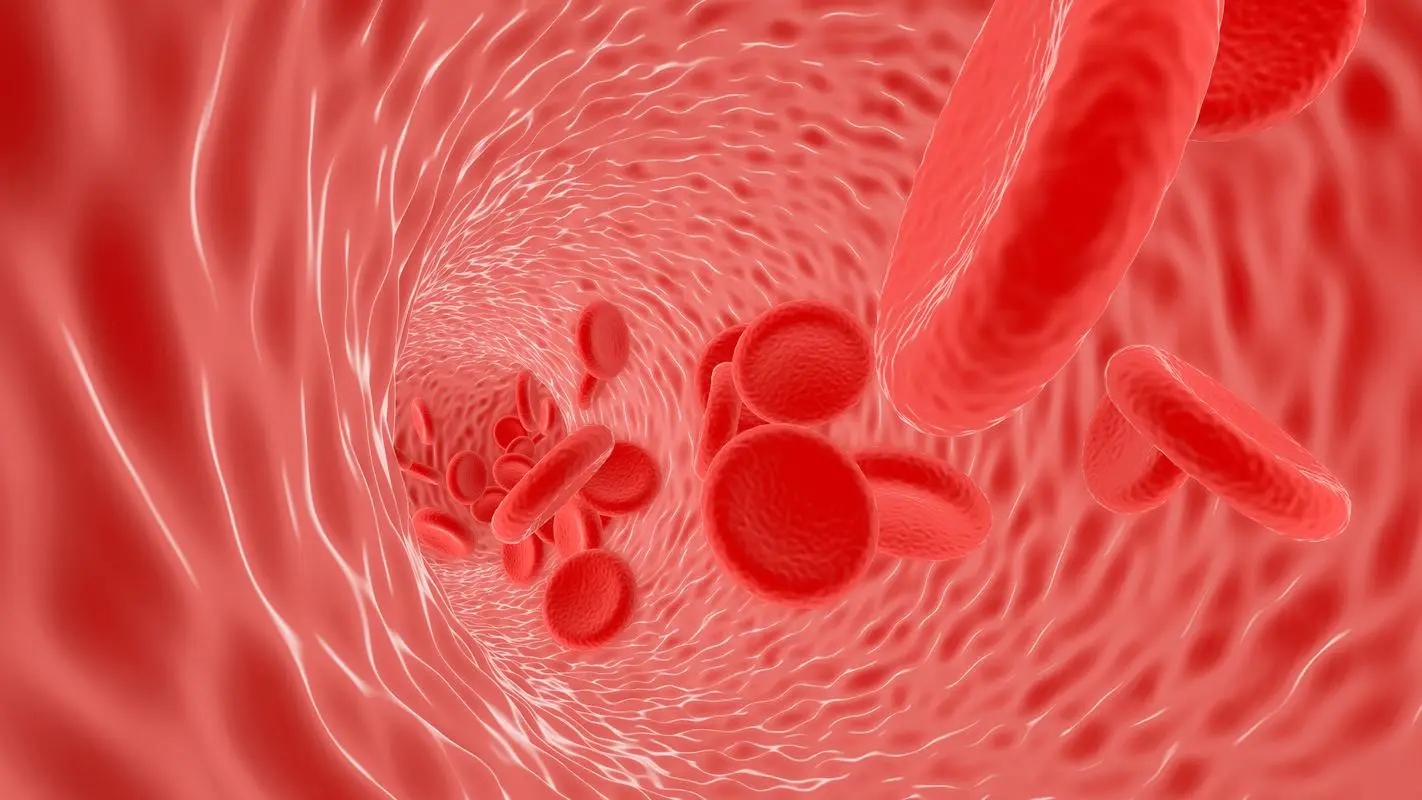原文摘要:
TRPM2 channels mediate acetaminophen-induced liver damage
E. Kheradpezhouh, L. Ma, A. Morphett, G. J. Barritt, G. Y. Rychkov
Acetaminophen (paracetamol) is the most frequently used analgesic and antipyretic drug available over the counter. At the same time, acetaminophen overdose is the most common cause of acute liver failure and the leading cause of chronic liver damage requiring liver transplantation in developed countries. Acetaminophen overdose causes a multitude of interrelated biochemical reactions in hepatocytes including the formation of reactive oxygen species, deregulation of Ca2+ homeostasis, covalent modification and oxidation of proteins, lipid peroxidation, and DNA fragmentation. Although an increase in intracellular Ca2+ concentration in hepatocytes is a known consequence of acetaminophen overdose, its importance in acetaminophen-induced liver toxicity is not well understood, primarily due to lack of knowledge about the source of the Ca2+ rise. Here we report that the channel responsible for Ca2+ entry in hepatocytes in acetaminophen overdose is the Transient Receptor Potential Melanostatine 2 (TRPM2) cation channel. We show by whole-cell patch clamping that treatment of hepatocytes with acetaminophen results in activation of a cation current similar to that activated by H2O2 or the intracellular application of ADP ribose. sirna-mediated knockdown of TRPM2 in hepatocytes inhibits activation of the current by either acetaminophen or H2O2. In TRPM2 knockout mice, acetaminophen-induced liver damage, assessed by the blood concentration of liver enzymes and liver histology, is significantly diminished compared with wild-type mice. The presented data strongly suggest that TRPM2 channels are essential in the mechanism of acetaminophen-induced hepatocellular death.
澳大利亚阿德莱德大学医学科学院的一项研究发现,研究预防由于乙酰氨基酚过量而导致的致命后果的科研人员可能发现一条治疗某些类型肝病的线索。相关文章发表于2014年2月3日的《PNAS》杂志上。
尽管对非处方止痛药乙酰氨基酚的过量摄取常常会导致肝衰竭,但进行早期治疗的选项却很有限,这是因为人们对乙酰氨基酚的肝毒性机制仍然不清楚。
Grigori Rychkov及其同事把此前将过量摄取与干细胞钙离子高浓度联系起来的实验加以拓展,他们报告说对乙酰氨基酚诱导产生的肝毒性激活了肝细胞中的一个信号传导路径,而该路径与瞬时感受器电位M2(TRPM2)离子通道相关,从而使这些细胞中的钙离子超载。
这组作者使用一种被称为全细胞膜片钳的技术确定了用乙酰氨基酚处理大鼠肝细胞能产生类似于用过氧化氢处理肝细胞时产生的电流,这是瞬时感受器电位M2(TRPM2)信号传导的一个标志。根据这一结果,这组作者用药物方法以及使用敲除瞬时感受器电位M2(TRPM2)的小鼠抑制了这个路径,结果发现缺乏瞬时感受器电位M2(TRPM2)通道看上去能保护肝细胞不受乙酰氨基酚的损伤。
这组作者说,这些发现揭示出了对乙酰氨基酚诱导的肝细胞损伤的一个关键元素,并且提示瞬时感受器电位M2(TRPM2)是用于治疗这种疾病和其他氧化压力相关肝病的一个有潜力的药物靶标。



